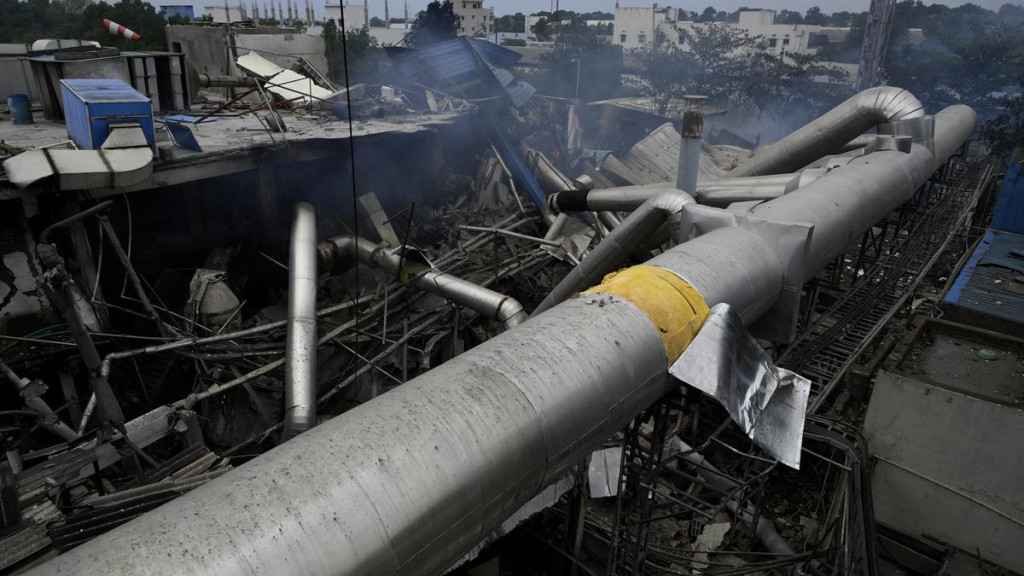
How MICS is Revolutionizing Cardiac Surgery
~ Dr. Sanjoy Sen Gupta, Consultant, Cardiac surgeon,Fortis Hospital Anandapur, Kolkata ~
Minimally Invasive Cardiac Surgery (MICS) is rapidly emerging as a preferred technique in modern heart surgery care. Unlike traditional open-heart procedures that involve cutting through the breastbone, MICS uses a significantly smaller incision to perform complex surgeries with precision and minimal trauma. This advancement is transforming patient outcomes, offering quicker recovery, less pain, and fewer complications.
MICS involves creating a small 2-inch incision between the ribs, typically at the lateral chest wall or just beneath the fold of the breast. The sternum is entirely preserved, reducing the risk of bone-related complications and enabling a smoother post-operative course. This approach also offers psychological advantages, particularly for women and younger patients, due to the near-invisible scar.
The benefits of MICS go far beyond cosmetic improvements. The technique is associated with:
Minimal blood loss and reduced need for transfusions
Lower post-operative pain due to less tissue disruption
Early extubation and reduced dependence on ventilators
Quicker mobilization, often within hours of surgery
Shorter ICU and hospital stays frequently within 48–72 hours
Faster return to daily activities and normal life
Zero chance of wound infection since no bone is cut across as sternum is spared.
The reduced physiological impact of the surgery also accelerates respiratory therapy and minimizes the risk of infections, enhancing overall recovery quality.
While MICS has shown excellent results, it is best suited for carefully selected patients. Eligibility is determined by a comprehensive evaluation of cardiac function, anatomical suitability, and coexisting health conditions. Patients with severely compromised heart function, patients sometimes needing cardiac surgery in heart failure condition, emergency lifesaving CABG just after a recent onset heart attack or certain intracardiac problems like infection or clot inside heart chambers may not be ideal for this technique. All in all, the very fundamental tenet of cardiac surgery is that patient safety and durability of best possible outcome should not be compromised under any circumstances whether done through MICS or conventional approach.
Advancing to Robotic-Assisted MICS
The next frontier in minimally invasive cardiac care is robotic-assisted MICS. This evolving technology enhances precision through 3D visualization and robotic arm articulation, allowing surgeons to perform delicate maneuvers through even smaller access points.
Robotic systems help in harvesting bypass conduit arteries like LIMA, RIMA with minimal rib retraction and improve the accuracy of the same by amplifying the surgical view up to six times. This not only minimizes the need for manual adjustment but also contributes to reduced post-operative pain and reduced requirement of blood transfusion.
A New Standard in Heart Surgery
MICS represents a significant leap in the evolution of cardiac surgery. It challenges the long-held perception of heart surgery as a painful, high-risk procedure with lengthy recovery. By reducing trauma, shortening hospital stays, and enabling patients to resume daily life faster, MICS is setting a new benchmark in patient care.
As technology and training continue to improve, MICS especially when combined with robotic assistance is poised to become the standard of care for many types of cardiac surgeries in the near future.










